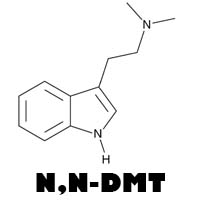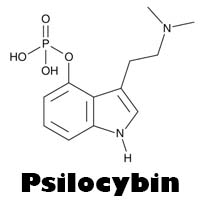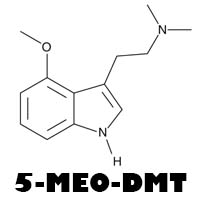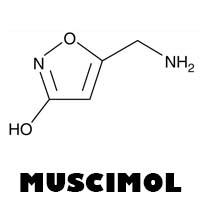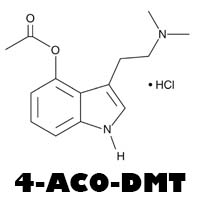How Psychedelics Can Help with Anxiety Disorders
Anxiety disorders are among the most common mental health conditions, affecting millions of people worldwide. Traditional treatments, such as medication and therapy, do not work for everyone, leading researchers to explore new approaches. One promising area of study is the use of psychedelics. In this blog post, we'll explore how psychedelics can help with anxiety disorders and the science behind their effects.
Understanding Anxiety Disorders
Anxiety disorders encompass a range of conditions, including generalized anxiety disorder (GAD), social anxiety disorder, panic disorder, and post-traumatic stress disorder (PTSD). These conditions are characterized by excessive fear, worry, and related behavioral disturbances, significantly impacting quality of life.
The Role of Psychedelics
Psychedelics, such as psilocybin, LSD, and MDMA, have shown potential in alleviating anxiety symptoms. These substances can induce profound changes in perception, cognition, and emotional regulation, which may help reduce anxiety.
Psilocybin and Anxiety
Psilocybin, the active compound in magic mushrooms, has been studied for its effects on anxiety, particularly in patients with cancer-related anxiety and depression.
1. Clinical Trials and Results
Clinical trials at institutions like Johns Hopkins University and New York University have demonstrated that psilocybin can significantly reduce anxiety and depression in patients with life-threatening cancer. Participants often report lasting improvements in mood and anxiety levels after just a single session.
MDMA and PTSD-Related Anxiety
MDMA, commonly known as Ecstasy, has been shown to be effective in treating PTSD, which often includes severe anxiety symptoms. MDMA-assisted therapy helps patients process traumatic memories in a safe and supportive environment.
2. Therapeutic Mechanism
MDMA promotes the release of serotonin, dopamine, and oxytocin, creating feelings of well-being and emotional closeness. This can help patients confront and process traumatic experiences without being overwhelmed by anxiety.
LSD and Anxiety
While less extensively studied than psilocybin or MDMA, LSD has also shown promise in reducing anxiety. Its long-lasting effects can lead to profound changes in perspective and emotional processing.
Mechanisms of Action
Psychedelics affect the brain's serotonin receptors, particularly the 5-HT2A receptor, which plays a crucial role in mood and anxiety regulation. By modulating these receptors, psychedelics can help reset neural pathways associated with fear and anxiety.
3. Neuroplasticity and Emotional Processing
Psychedelics promote neuroplasticity, the brain's ability to form new connections. This can help individuals develop new ways of thinking and coping with anxiety. Enhanced emotional processing during psychedelic experiences can lead to lasting changes in how one responds to anxiety triggers.
Integration and Long-Term Benefits
The benefits of psychedelics often extend beyond the immediate experience. Integration, the process of reflecting on and incorporating insights from the psychedelic experience, is crucial for long-term improvements in anxiety.
4. Therapeutic Support
Working with a trained therapist can help individuals integrate their experiences and develop new coping strategies. This support is essential for maximizing the therapeutic benefits of psychedelics.
Conclusion
Psychedelics offer a promising new approach to treating anxiety disorders. By targeting the brain's serotonin receptors and promoting neuroplasticity, these substances can help alleviate symptoms and provide lasting relief. As research continues, psychedelics may become a valuable tool in the fight against anxiety, offering hope to those who have not found relief through traditional treatments.
Suggested Images for the Blog Post
- Anxiety Disorders: Infographics explaining different types of anxiety disorders.
- Psychedelics and the Brain: Diagrams showing how psychedelics affect serotonin receptors.
- Psilocybin Clinical Trials: Photos from clinical trials and therapy sessions involving psilocybin.
- MDMA Therapy: Images of MDMA-assisted therapy sessions for PTSD and anxiety.
- Neuroplasticity: Illustrations depicting neural connections and brain plasticity.
- Therapeutic Integration: Photos of therapy sessions focused on integrating psychedelic experiences.
